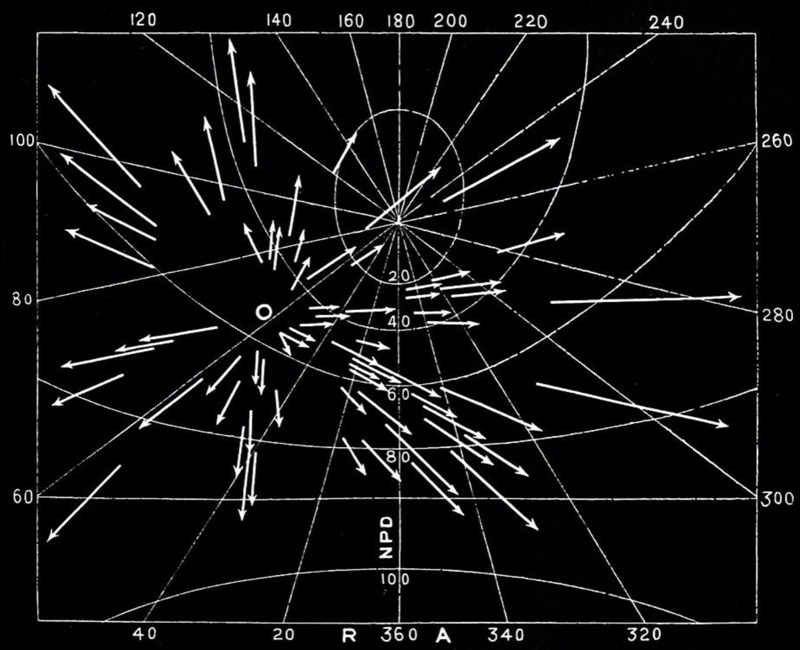
© Wikipedia
Meteor showers can be spectacular to watch. Year round there are some great displays, from the Perseids in August, to the Geminids in December, to the Quadrantids in January. The peak displays and intensities vary somewhat by year though, so knowing when to watch and what to expect can be hard to know. So I've created this guide to what should be the best meteor showers of 2013.
Some general meteor shower watching tips:
Regardless of when the exact peak is, it's nearly always best to watch for meteors in the early morning, sometime between 1-3am. And always take into account the phase that the moon is in. If it's a bright moon, try to watch before the moon rises or after it sets.
The further away from city lights you can get, the better. A clear, dark sky is what you want. Getting comfortable with a reclining lawn chair and some blankets is also a good idea. Dress warmly, and maybe bring something warm to drink, like coffee or hot chocolate.
Best Meteor Showers 2013: Peak Dates1.Quadrantids
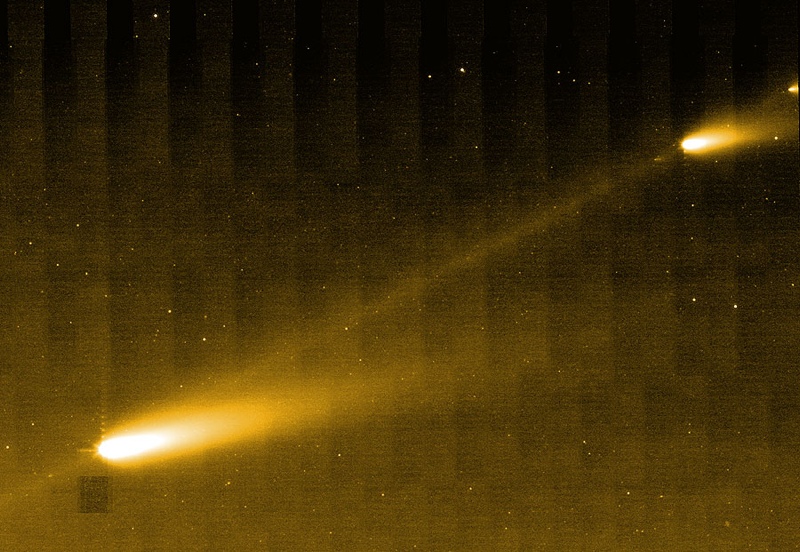
© Wikipedia
The Lyrids are typically a prolific meteor shower, producing around 10 meteors an hour, but sometimes much more. In 1803, the earth passed through a thicker part of the dust trail that causes the shower, resulting in more than 700 meteors per hour as seen from Richmond, Virginia. When the Earth passes through a thick part of a dust trail it's referred to as a
meteor storm. In 2013 the peak of the shower will occur near the same time as the full moon, resulting in less of an opportunity to spot the meteors. The Lyrids have been observed for at least the past 2600 years.
3. Eta Aquariids
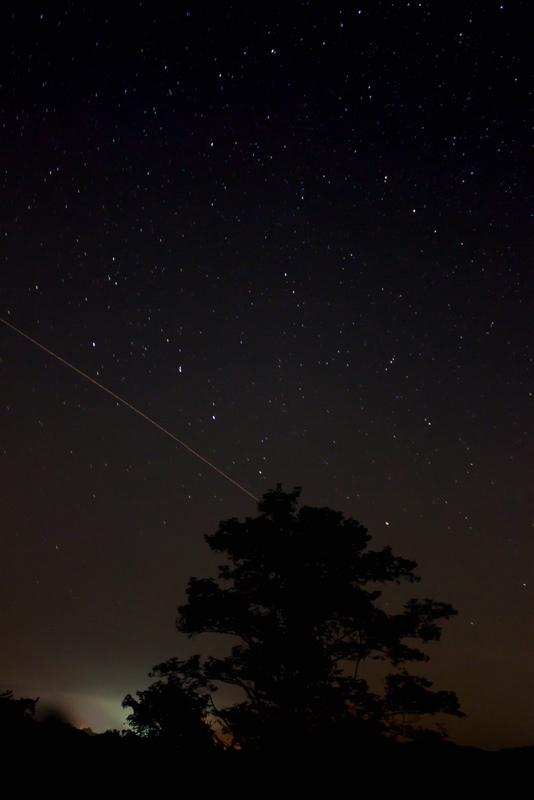
© Frank Pierson / Flickr CC
The Eta Aquariids are visible from around the middle of April until late May, with a peak usually somewhere around May 5. The shower usually peaks at 40-85 meteors per hour. The Eta Aquariids received their name because they appear to radiate from the constellation Aquarius, right near one of the brightest stars in the constellation, Eta Aquarii.
"The Eta Aquariids are best viewed in the pre-dawn hours away from the glow of city lights. For northern observers, the radiant of the shower is only above the horizon for the few hours before dawn, and early-rising observers are often rewarded with rates that climb as the radiant rises before sunrise."
In 2013, the Moon will be approaching it's 'new' phase, so the night should be nice and dark, good for watching meteors.
4. Perseids
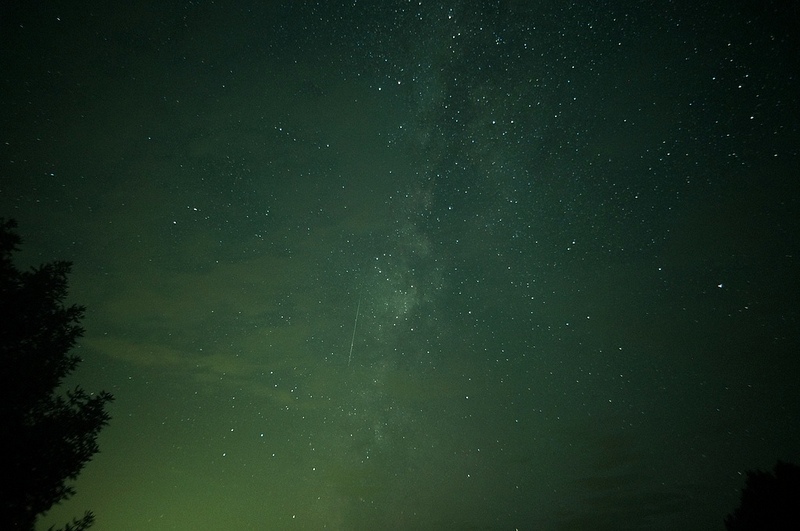
© Mike Lewinski / Flickr CC
The Perseids are arguably the best meteor shower of the year. Always producing prolifically, they are somewhat variable, but can be expected to create at least 80 or so meteors an hour. This year the peak will occur when the moon is seven days old so there will be some interference from that, meaning that you should watch a few days earlier (the Perseids produce well for a week or so before and after the peak), or wait until late night after the moon has set.
The Perseids originate from the comet
Swift-Tuttle, and appear to radiate from the constellation Perseus. They have been observed in modern times for at least the past 2000 years. They are most visible in the northern hemisphere.
5. Draconids
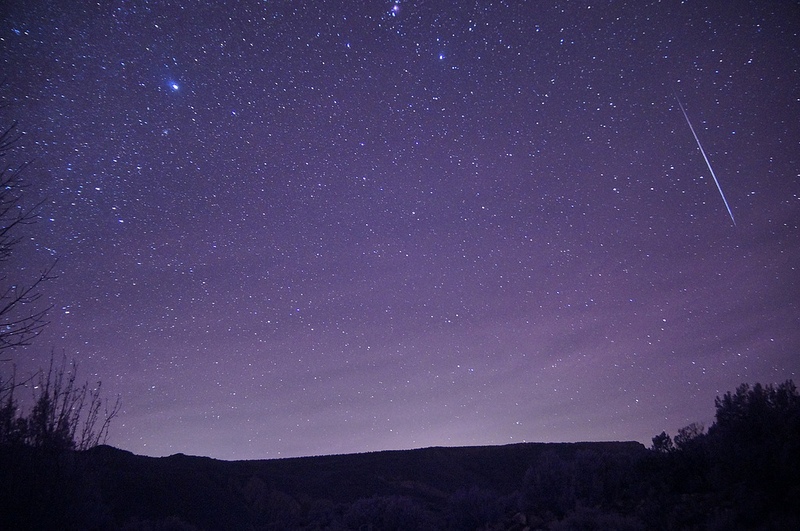
© Mike Lewinski / Flickr CC
The Draconids, also known as the Giacobinid meteor shower, will reach peak activity in 2013 around October 8th. Meteors should be visible from around October 6th until October 10th though. "The maximum number of meteors expected to be visible from a dark location is around 300 per hour. The Moon will be 3 days old at the time of peak activity, and so will present minimal interference."
"The 1933 and 1946 Draconids had Zenithal Hourly Rates of thousands of meteors visible per hour, among the most impressive meteor storms of the 20th century. Rare outbursts in activity can occur when the Earth travels through a denser part of the cometary debris stream; for example, in 1998, rates suddenly spiked and spiked again (less spectacularly) in 2005. A Draconid meteor outburst occurred as expected on 2011 October 8, though a waxing gibbous Moon reduced the number of meteors observed visually. During the 2012 shower radar observations detected up to 1000 meteors per hour. The 2012 outburst may have been caused by the narrow trail of dust and debris left behind by the parent comet in 1959."
6. Taurids
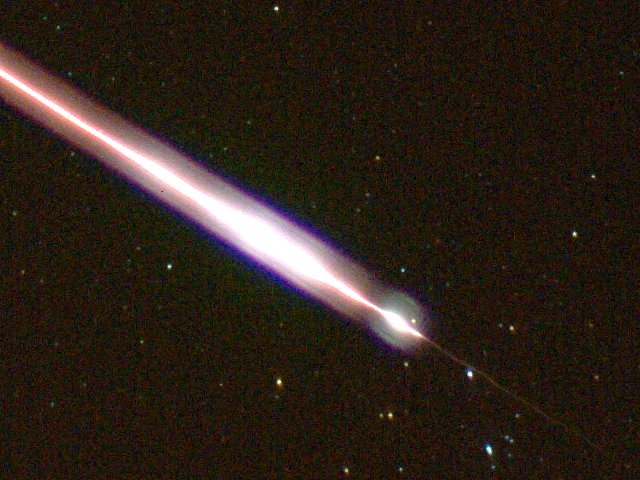
© Ed Sweeney / Flickr CC
The Taurids will be visible every night from around October 20 to November 30, but the peak will be on the 6th. The peak this year should be about 10 meteors an hour. Because some large meteors tend to be seen towards the end October and in the beginning of November, the Taurids are also known as 'Halloween fireballs'.
It has been suggested by some researchers that the Taurids may have been the origin of the meteor that caused the 1908 Tunguska event. "The Taurid stream has a cycle of activity that peaks roughly every 2500 to 3000 years, when the core of the stream passes nearer to Earth and produces more intense showers. In fact, because of the separate 'branches' (night-time in one part of the year and daytime in another; and Northern/Southern in each case) there are two peaks separated by a few centuries, every 3000 years. Some astronomers note that dates for megalith structures such as Stonehenge are associated with these peaks. The next peak is expected around 3000 AD."
7. Leonids
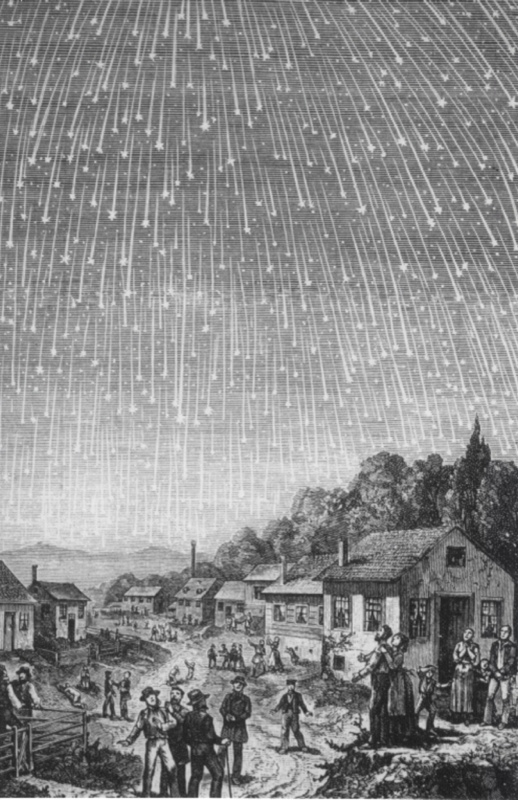
© Wikipeida
The Leonids, radiating from the constellation of
Leo, will peak on November 18 this year. They usually peak at more than 100 meteors an hour. But this year, because it is coinciding with a full moon, there will likely be much fewer that are visible. The shower deposits around 12-13 tons of material across the entire planet every year. Some years the earth hits a denser area of material and experiences a meteor storm, sometimes exceeding 1000 meteors an hour.
The meteor storm that occurred in 1833 was of a truly enormous scale. One of the estimates done at the time said that it could have peaked at more than two hundred thousand meteors an hour.
8. Geminids
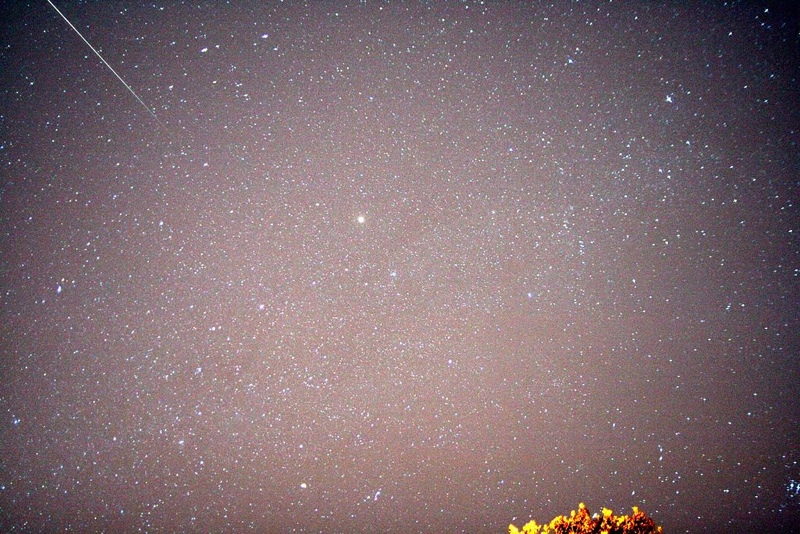
© Wikipedia
The Geminids are visible from around December 7-17, and will be peaking on the 14th in 2013. They received their name because they appear to radiate out of the constellation Gemini. They are a rather new meteor shower, and appear to currently be intensifying every year. They are also rather slow moving meteors, being easy to spot, and leaving something of a trail. The shower would normally produce about 100 meteors an hour when watching from a dark location, but it will coincide with the a nearly full moon in 2013, so it will limit observations somewhat.
9. Ursids
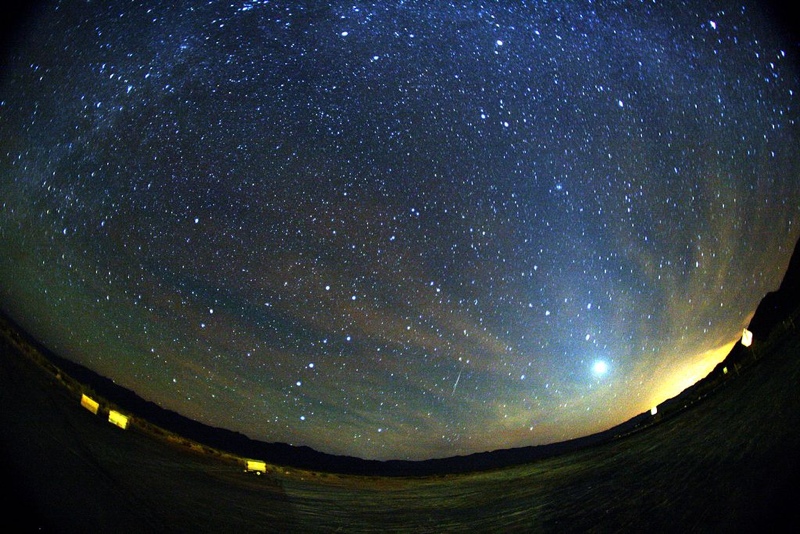
© Wikipedia
The Ursids begin around December 17 and continue until around the 25 or 26, with the peak in 2013 occurring on December 22. It's thought that the Ursids are a relatively new meteor shower, because of the stream's compact nature and it's recent discovery, around 1900.
Reader Comments
to our Newsletter